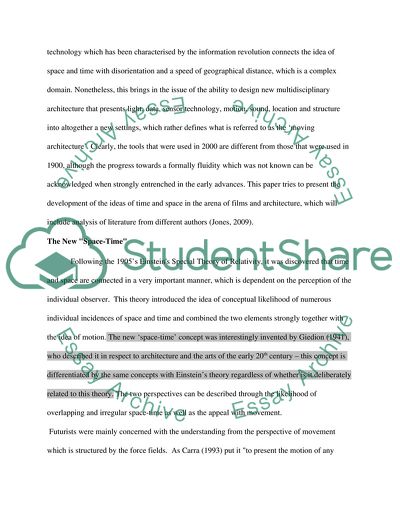Cite this document
(Can Film as a Medium Support the Development of Architecture Literature review Example | Topics and Well Written Essays - 5000 words - 1, n.d.)
Can Film as a Medium Support the Development of Architecture Literature review Example | Topics and Well Written Essays - 5000 words - 1. https://studentshare.org/architecture/1793026-can-film-as-a-medium-support-the-development-of-ideas-and-techniques-of-representation-on-architecture
Can Film as a Medium Support the Development of Architecture Literature review Example | Topics and Well Written Essays - 5000 words - 1. https://studentshare.org/architecture/1793026-can-film-as-a-medium-support-the-development-of-ideas-and-techniques-of-representation-on-architecture
(Can Film As a Medium Support the Development of Architecture Literature Review Example | Topics and Well Written Essays - 5000 Words - 1)
Can Film As a Medium Support the Development of Architecture Literature Review Example | Topics and Well Written Essays - 5000 Words - 1. https://studentshare.org/architecture/1793026-can-film-as-a-medium-support-the-development-of-ideas-and-techniques-of-representation-on-architecture.
Can Film As a Medium Support the Development of Architecture Literature Review Example | Topics and Well Written Essays - 5000 Words - 1. https://studentshare.org/architecture/1793026-can-film-as-a-medium-support-the-development-of-ideas-and-techniques-of-representation-on-architecture.
“Can Film As a Medium Support the Development of Architecture Literature Review Example | Topics and Well Written Essays - 5000 Words - 1”. https://studentshare.org/architecture/1793026-can-film-as-a-medium-support-the-development-of-ideas-and-techniques-of-representation-on-architecture.


